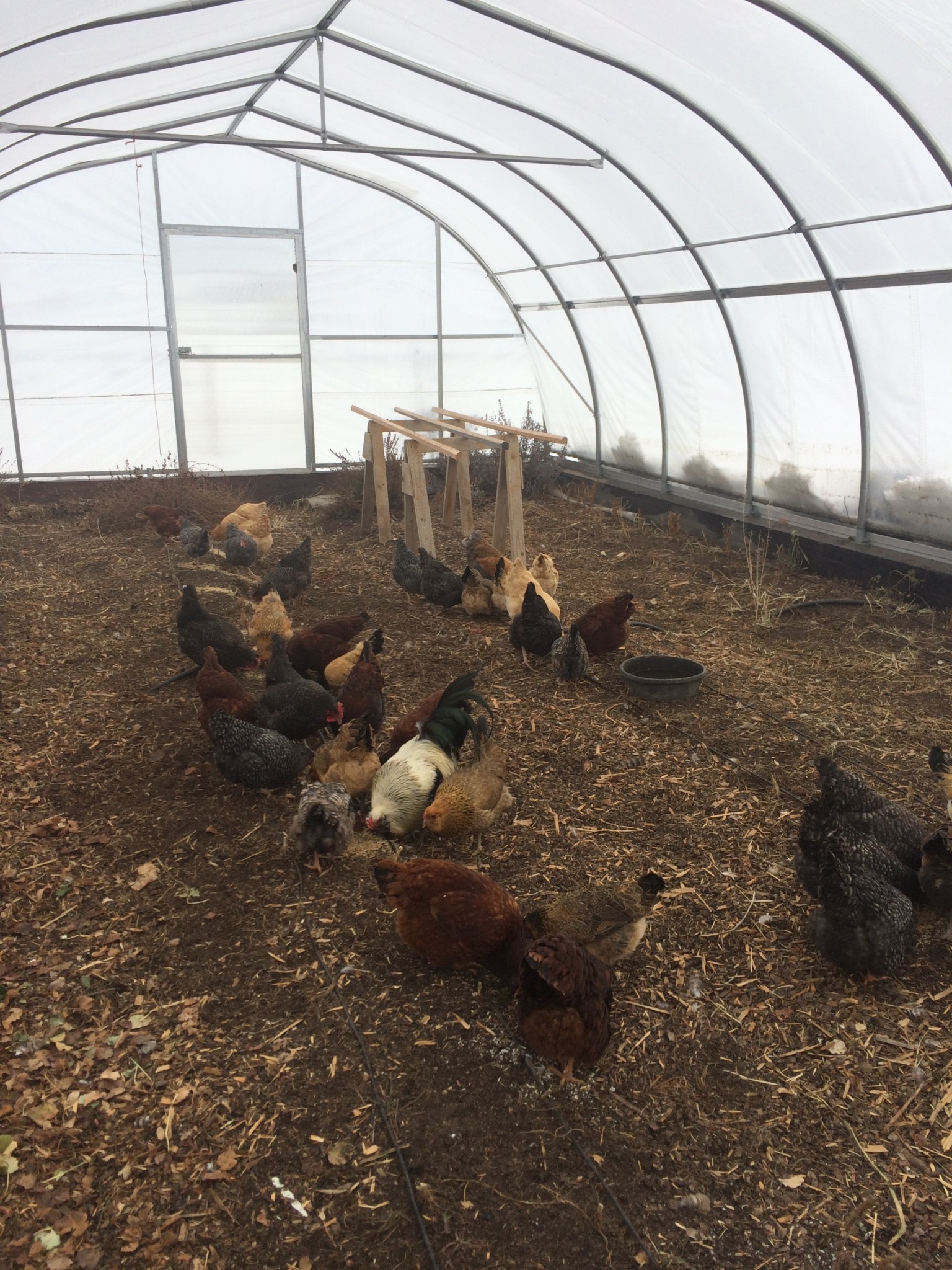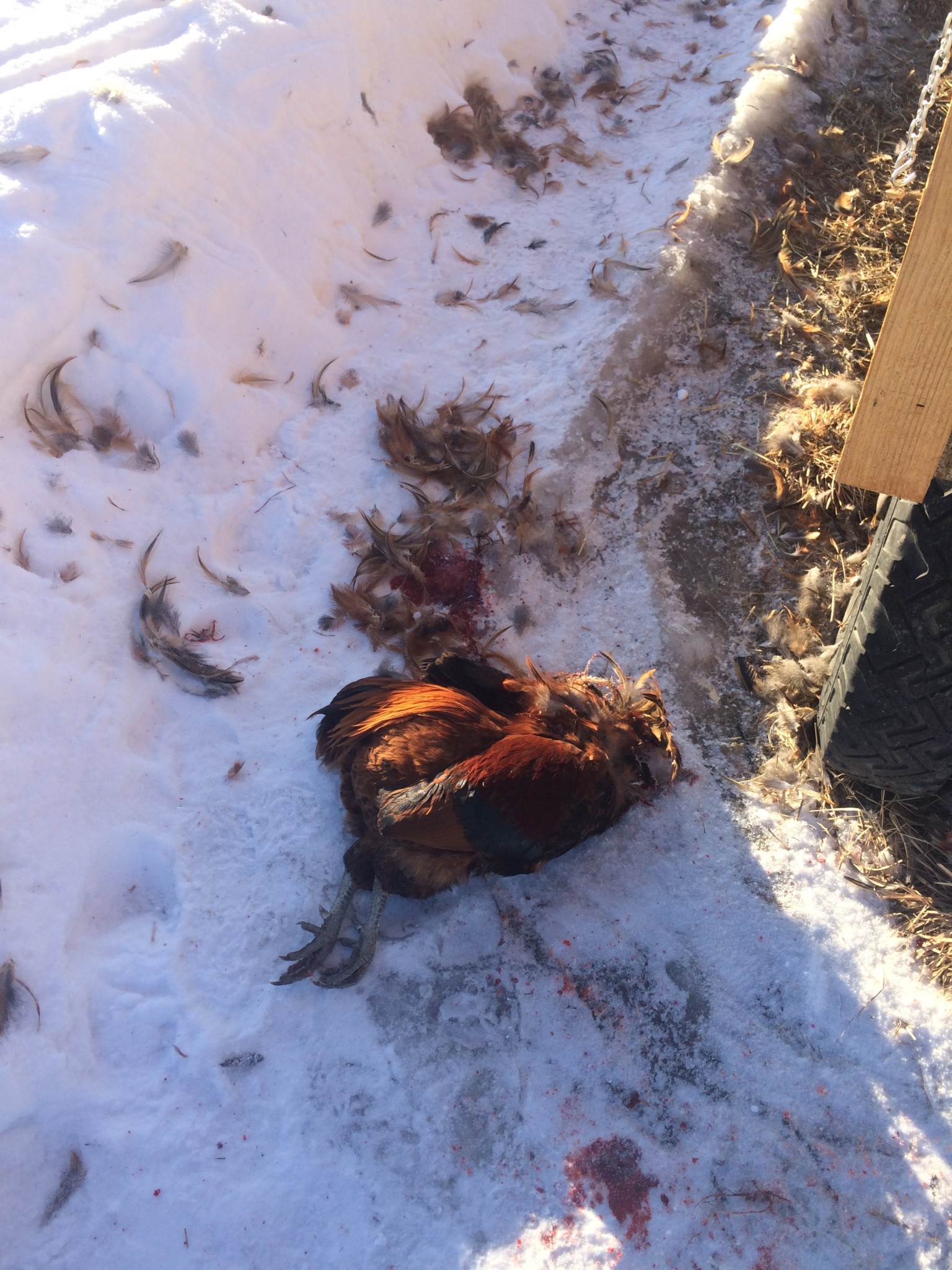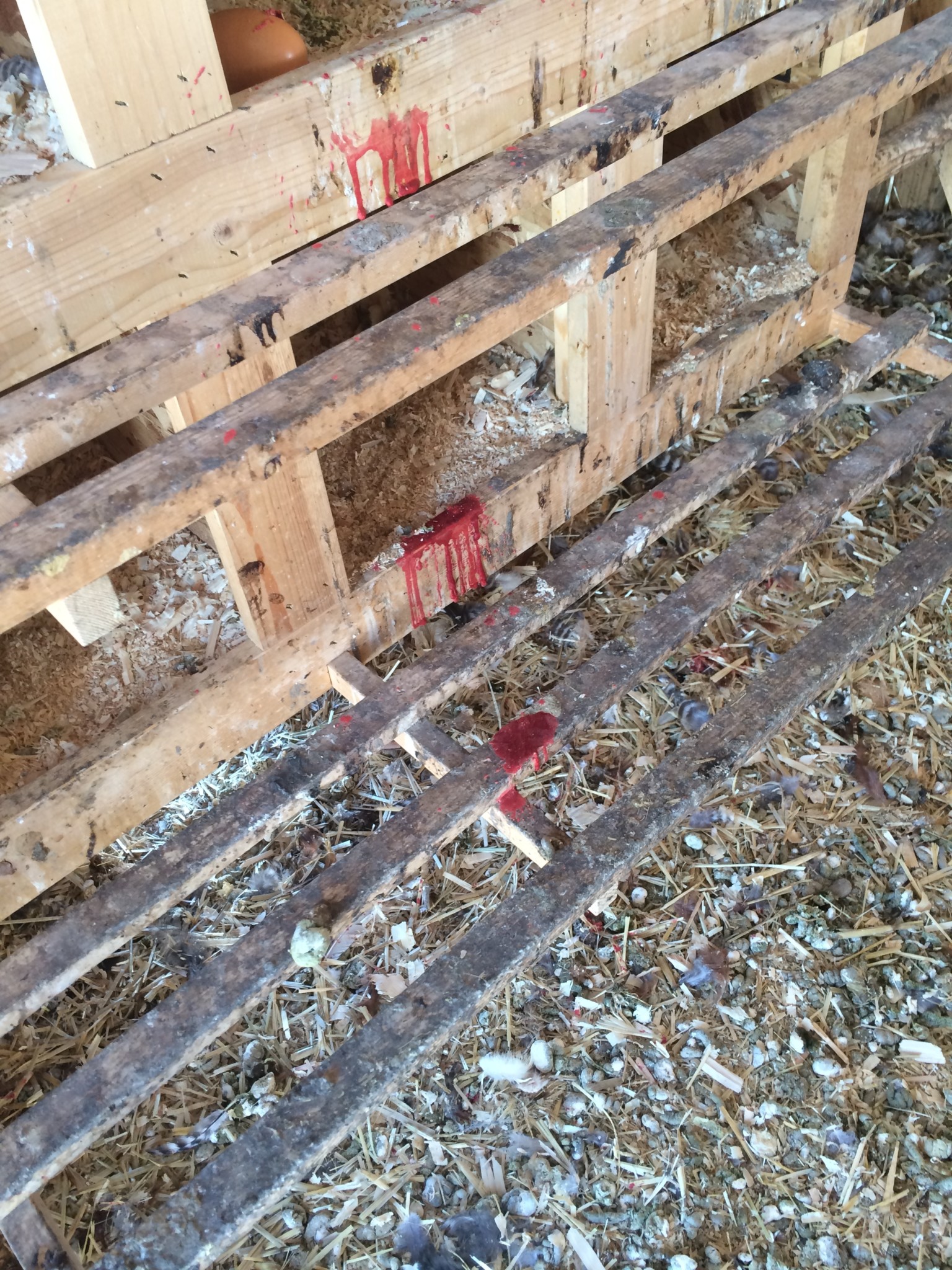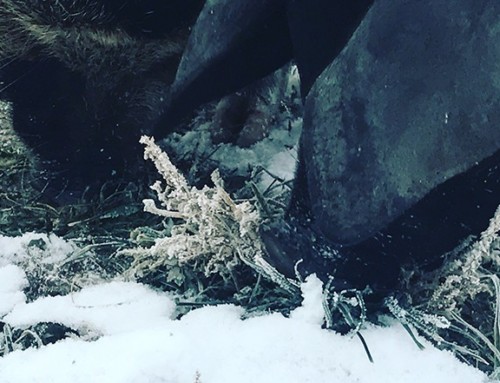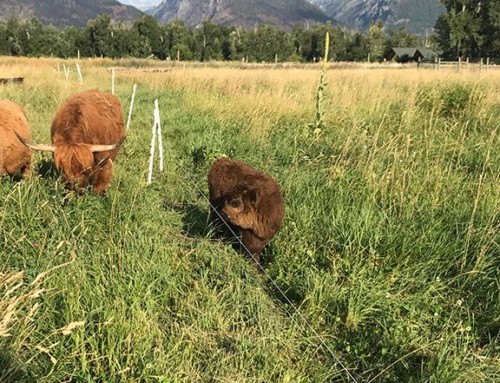Reluctantly, winter has temporarily lessened its frigid sub-zero grip on us here in the Bitterroot Valley of Western Montana, allowing some melting of the stockpiled snow, which has been a mixed blessing. The warmer temperatures, with highs in the mid-to-upper 30s, along with daytime sunshine, and the subsequent below-freezing nighttime lows, have caused everything to become sheets of ice on roads and walkways. It has been days like these that I am glad someone invented Yaktrax!
We experienced a couple more hawk attacks over the past weekend, losing a couple more chickens in the process. One of the victims was the rooster of our coop 2.0 flock, which I had not-so-lovingly, but appropriately named El Bastardo. He was a rather crafty and aggressive rooster for awhile, trying to attack our legs when we weren’t looking during feeding time, but regular interventions with the feed bucket, followed up by chasing him around gave him an attitude adjustment. We had all been getting along well this winter, so the loss was in fact a sad one However, a few months ago I would have felt differently! I caught the mating pair of hawks mid-kill, with both flying off rather closely to me. I was simultaneously frustrated at them and impressed by them before assessing El Bastardo’s mortal wounds, being there for his last desperate breaths.
In permaculture, we believe in, “the problem is the solution,” which means that in every problem we are presented with, their lies within that very problem seeds to its own solution, and potentially additional solutions to problems elsewhere. The hawk problem with our chickens lead us to think things through. This resulted in the coop 2.0 chickens being moved to the coop-and-run in the barn, which was common sense and straightforward enough, but what to do with the coop 1.0 chickens that were still exposed out in the open?
We solved the problem by solving another problem- what a bonus! Our hoop house has sat vacant and in winter slumber mode since the fall, and after going through a few seasons of production, its growing beds are in need of some fertility and working over. The chickens needed shelter from the ever-increasing boldness and frequency of attacks from the mating pair of predators, and so the plan was set in motion. I was able to relocate all the chickens, which took some doing as the chickens were extra skittish, but they quickly settled into their new environment, happy to have nice soft soil and wood chips to scratch through after months of snow and frozen ground to contend with. The manure from the chickens will greatly increase the fertility of the hoop house’s growing beds, and the chickens will help clean up any weed seeds and pest larvae and eggs awaiting their Spring hatching. While the pest larvae will not be able to say the same, the protection the hoop house offers the chickens allows them to no longer be on the menu for any predator birds! We also can rest easier, and not have to be on edge and at the ready to try and run to stop any more attacks on our chickens, which is a good thing, as it is difficult to run very fast on ice, even in Yaktrax!
Blessings,
Grant

